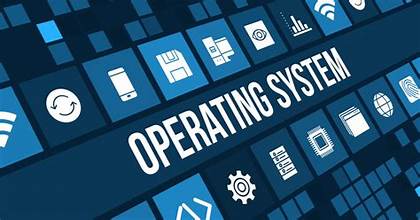
It sounds like you’re looking for a comprehensive overview of what a network is and its various aspects. Here’s a breakdown:
1. Definition of a Network
A network is a collection of interconnected devices or systems that can communicate with each other. These devices can include computers, servers, routers, switches, and other hardware. Networks allow for the sharing of resources, such as files and internet connections, and enable various forms of communication.
2. Types of Networks
- Personal Area Network (PAN): A small network used for personal devices, typically within a range of a few meters. Example: Bluetooth connections between a smartphone and a headset.
- Local Area Network (LAN): Covers a small geographic area like a single building or campus. LANs are used for connecting computers and devices in a home or office environment. Example: A home network connecting multiple computers and printers.
- Wide Area Network (WAN): Spans a large geographic area, often a country or continent. WANs connect multiple LANs and are commonly used by organizations with multiple locations. Example: The internet is the largest WAN.
- Metropolitan Area Network (MAN): Covers a city or a large campus, larger than a LAN but smaller than a WAN. Example: A university campus network connecting various buildings.
- Wireless Local Area Network (WLAN): A type of LAN that uses wireless communication instead of wired connections. Example: Wi-Fi networks in homes and businesses.
- Virtual Private Network (VPN): A secure network that uses encryption to connect remote users or sites over a public network like the internet. Example: Remote workers accessing a company’s internal resources securely.
3. Network Topologies
- Star Topology: All devices are connected to a central hub or switch. Easy to manage but requires more cables.
- Bus Topology: All devices are connected to a single central cable. Simple and cost-effective but can be problematic if the central cable fails.
- Ring Topology: Devices are connected in a circular fashion. Data travels in one direction, reducing collisions but can be disrupted if one connection fails.
- Mesh Topology: Devices are interconnected, with multiple paths for data to travel. Highly reliable but complex and expensive.
- Hybrid Topology: Combines two or more topologies. Example: A star-bus network where star-configured LANs are connected via a bus.
4. Network Protocols
- Internet Protocol (IP): Defines addressing and routing of data packets. IPv4 and IPv6 are the two versions.
- Transmission Control Protocol (TCP): Ensures reliable, ordered delivery of data packets.
- User Datagram Protocol (UDP): Provides a faster, connectionless method of data transmission but without guaranteed delivery.
- Hypertext Transfer Protocol (HTTP): Used for transferring web pages.
- File Transfer Protocol (FTP): Used for transferring files between computers.
5. Network Devices
- Router: Connects different networks and routes data between them.
- Switch: Connects devices within a LAN and manages data traffic efficiently.
- Hub: Connects multiple devices in a LAN but is less efficient than a switch.
- Modem: Modulates and demodulates signals for internet connectivity.
- Access Point: Provides wireless connectivity to a wired network.
6. Network Security
- Firewalls: Monitor and control incoming and outgoing network traffic based on security rules.
- Antivirus Software: Protects against malicious software and threats.
- Encryption: Secures data by converting it into a code to prevent unauthorized access.
- Authentication: Verifies the identity of users or devices accessing the network.
7. Network Management
- Monitoring: Observing network performance and traffic.
- Configuration: Setting up network devices and services.
- Troubleshooting: Identifying and resolving network issues.
- Optimization: Improving network performance and efficiency.
Networks are foundational to modern technology, enabling communication, collaboration, and access to resources across various platforms and devices. Whether in a small home setup or a vast enterprise system, understanding these fundamentals helps in effectively managing and utilizing networks.




